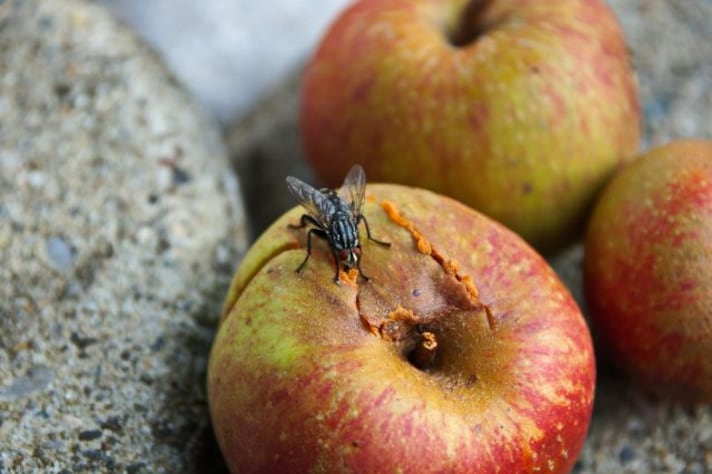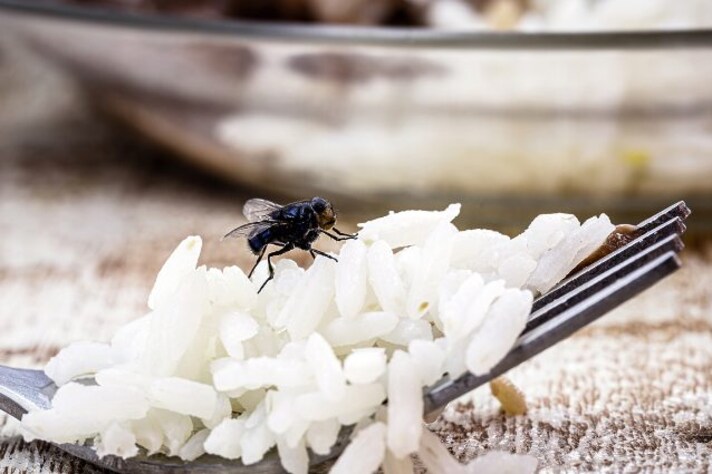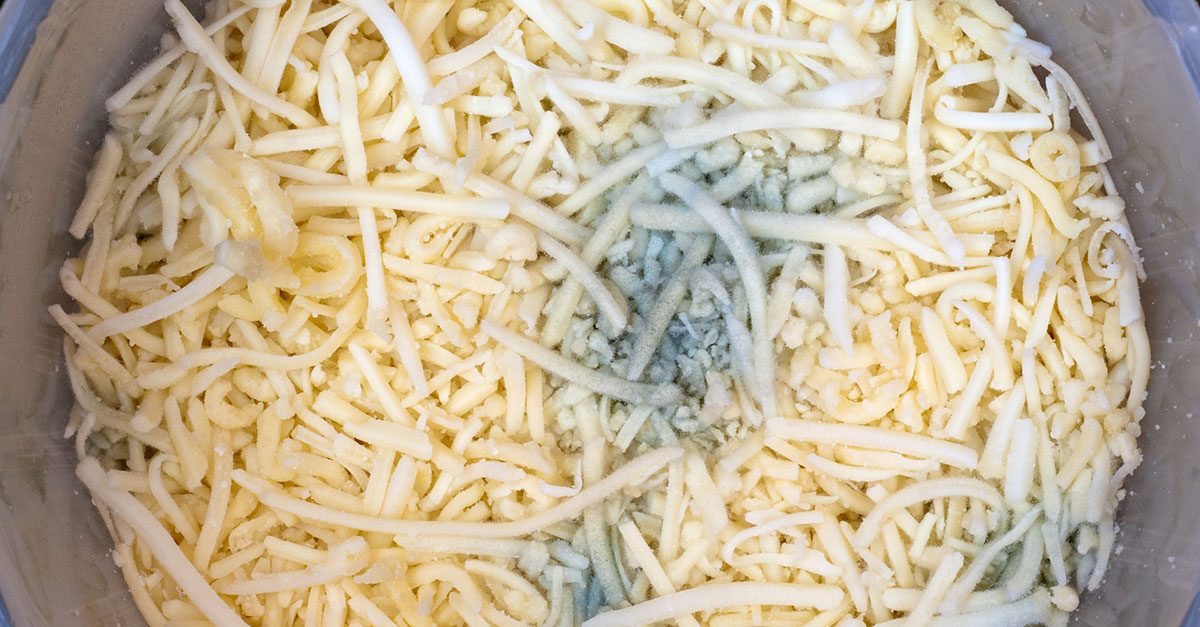Bugs on Prepared Food: Should You Throw It Away?
We’ve all been there—you’re about to take a bite of your meal when a fly or other bug suddenly lands on your food. The sight of a bug on your plate can be unsettling, and it raises an important question: is it safe to eat prepared food after a bug has touched it? In this article, we’ll explore the risks bugs can pose to your food and whether or not you should discard your meal.

Discovering a bug on your food can be unsettling and raises the question of whether it's safe to continue eating. While insects like flies and ants can introduce bacteria and contaminants, the level of risk depends on the type of bug and how long it was in contact with the food.
What Happens When a Bug Lands on Your Food?
Bugs are naturally attracted to food, especially if it’s sugary, savory, or exposed for long periods. When an insect lands on your meal, it may leave behind bacteria, germs, or other contaminants, depending on the type of bug. Here's what typically happens:
Flies
One of the most common insects to land on food, flies are notorious for carrying bacteria. They often land on garbage, animal waste, and other unsanitary surfaces before finding their way to your plate. When they touch your food, they can transfer harmful pathogens like Salmonella, E. coli, or Campylobacter, which can cause foodborne illnesses.

Ants
Ants are less likely to carry harmful bacteria compared to flies, but they can still introduce dirt or debris onto your food. If an ant has recently been crawling through waste or a dirty surface, it may bring those contaminants to your meal.
Bees and Wasps
While less common, bees and wasps might land on your food, especially if it's sweet or fragrant. These insects are less likely to spread harmful bacteria but can leave behind saliva or other residues.
Is It Safe to Eat Food After a Bug Has Landed on It?
Whether or not it’s safe to eat food after a bug has landed on it depends on several factors, including the type of bug and how long it was in contact with your meal. Here are a few considerations:
Brief Contact
If a fly, ant, or other insect only touched your food for a brief moment, the risk of contamination is relatively low. Most bacteria require time to multiply, so if you swat the bug away quickly, your food may still be safe to eat. However, if you notice the bug regurgitating or releasing waste, it's best to discard that portion of the food.

High-Risk Foods
Prepared foods that are moist, warm, or perishable, such as salads, sandwiches, or cooked meats, are more likely to attract bacteria from insects. In these cases, even brief contact with a fly could pose a greater risk of contamination, making it safer to discard the meal.
Type of Bug
Not all bugs are equally harmful. For instance, fruit flies or small gnats are unlikely to carry dangerous bacteria, whereas house flies and cockroaches are far more concerning. If a cockroach touches your food, it’s advisable to throw it away immediately, as these pests are known carriers of disease.
;Resize,width=767;)
;Resize,width=712;)
;Resize,width=712;)
;Resize,width=712;)
